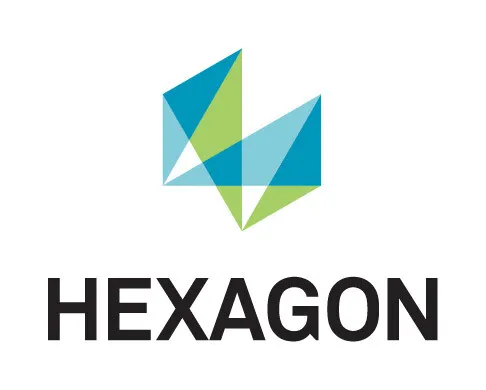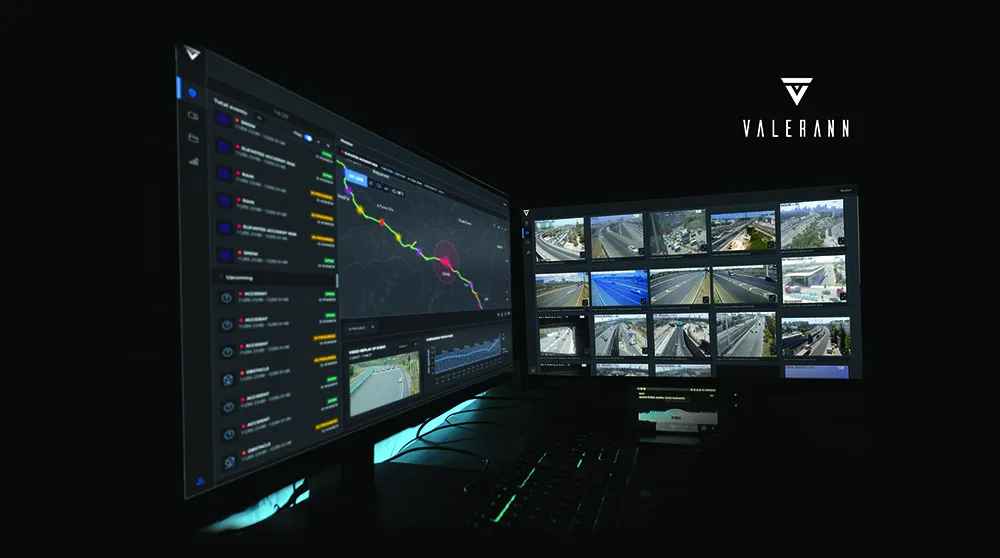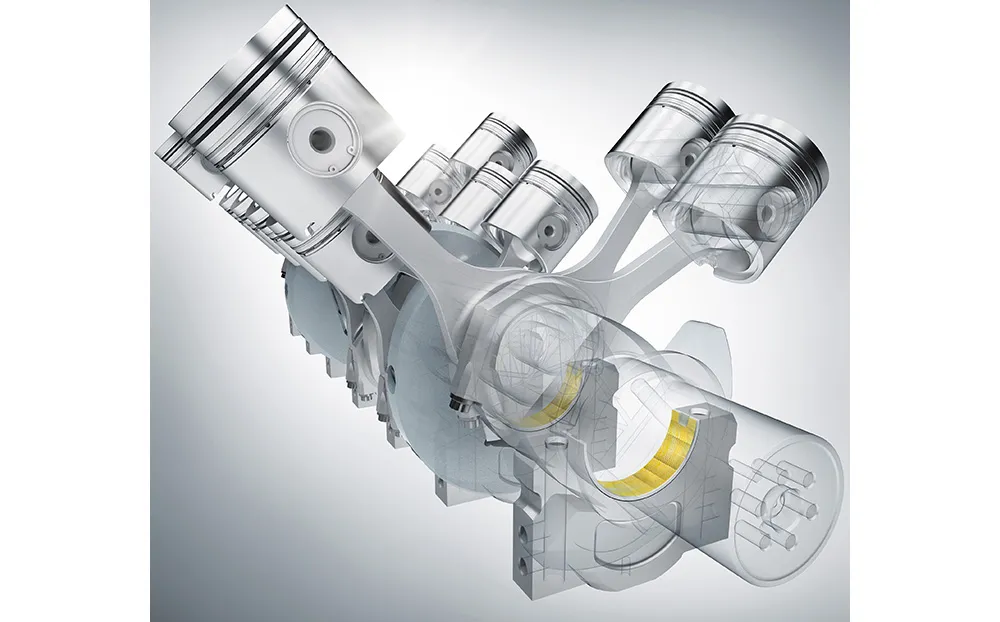
Combining Septentrio's pioneering GNSS platform with Hexagon’s positioning portfolio, including sensor fusion, anti-jamming, correction services and perception technologies, will deliver solutions for diverse applications. This will ensure greater accessibility to high-accuracy and high-performance positioning technology with low SWaP (Size, Weight and Power) characteristics. This will accelerate the adoption of autonomous systems in existing markets and address the needs of emerging high growth segments like robotics, UAVs, autonomy and other mission-critical applications.
Septentrio has built its reputation on innovation and customer focus and will together with Hexagon continue to operate its business model of supplying state of the art GNSS technology and products to its large base of industry leading OEM customers.
"The combination of Hexagon and Septentrio will transform the positioning industry across existing and new markets, setting new standards for the accuracy, resilience and scalability of positioning technologies, necessary to support and accelerate the journey towards full autonomy," said Norbert Hanke, interim president and CEO, Hexagon.
Septentrio, headquartered in Leuven, Belgium, has around 150 employees, and is expected to generate revenues of over €50 million in 2024, with strong growth rates and margins in line with the Hexagon Group. Septentrio will be reported within Hexagon’s Autonomous Solutions division. Completion of the transaction is subject to regulatory approvals and customary conditions and is expected to be finalised in the first half of 2025.








